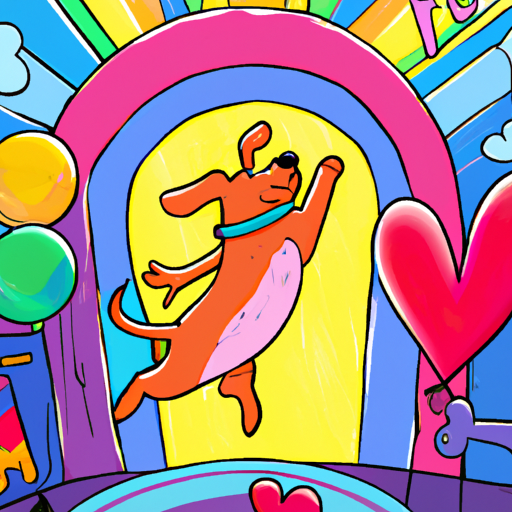Understanding Dog Behaviour
As a caregiver, you often find yourself observing your dog, trying to understand what they’re communicating. You’ve likely noticed your furry friend wagging their tail, but have you ever wondered what it really means? Is it a mere expression of happiness or is there more to it? Let’s dig deeper into this fascinating aspect of canine behavior.
Contrary to the popular belief, dogs wagging their tails is not just a sign of happiness. It’s a complex form of communication, expressing a range of emotions including, but not limited to, happiness.
The Science Behind Tail Wagging
In the world of dogs, communication isn’t just about barking or whining. Their tails play a crucial role too. Scientists have studied canine tail wagging extensively and have discovered quite a few intriguing facts.
-
Right vs Left: Studies suggest that the direction of the tail wag can provide insights into a dog’s emotional state. If your dog wags its tail more to its right (your left), it’s likely feeling positive emotions. If the wagging is inclined to its left (your right), it might be expressing negative emotions.
-
Speed and Width of Wagging: The speed and breadth of the wagging can also indicate different emotional states. Broad, fast wags are typically signs of happiness. On the other hand, small, quick wags might indicate that your dog is feeling anxious or threatened.
What Your Dog is Trying to Tell You
Understanding the nuances of tail wagging can help you better comprehend what your dog is trying to tell you. Here’s a list to help decode your dog’s tail language:
- Broad, loose wags: These indicate friendliness and happiness.
- Slow, stiff wags: These could mean that your dog is feeling unsure or insecure.
- Rapid, tiny wags: This might be a sign that your dog is about to react to something— it could be aggression, fear, or excitement.
Tail Wagging and Other Dogs
Your dog’s tail wagging isn’t just for human interpretation. It’s a critical part of how dogs communicate with each other. Observing how your dog interacts with other dogs can provide valuable insights into their social behavior.
| Wagging Type | Likely Interpretation by Other Dogs |
|---|---|
| Broad, loose wags | Friendly, non-threatening |
| Slow, stiff wags | Uncertain, potentially threatening |
| Rapid, tiny wags | Highly aroused, potentially aggressive |
Frequently Asked Questions
Q: Can tail wagging indicate anything other than emotional states?
A: Yes, sometimes dogs wag their tails to spread their scent via the anal glands.
Q: Does the height of the tail wag matter?
A: Absolutely. A high wag often indicates alertness or dominance, while a low wag could mean fear or submission.
Q: Can I train my dog to wag its tail in a certain way?
A: Not really. Tail wagging is an instinctive behavior and not something easily modified through training.
By taking the time to understand the subtle signals from your dog’s tail wagging, you’ll be better equipped to respond to their needs, strengthening the bond you share. Happy tail watching!



